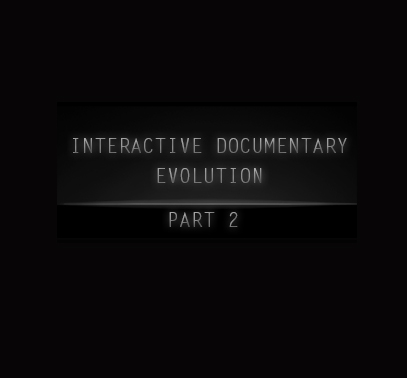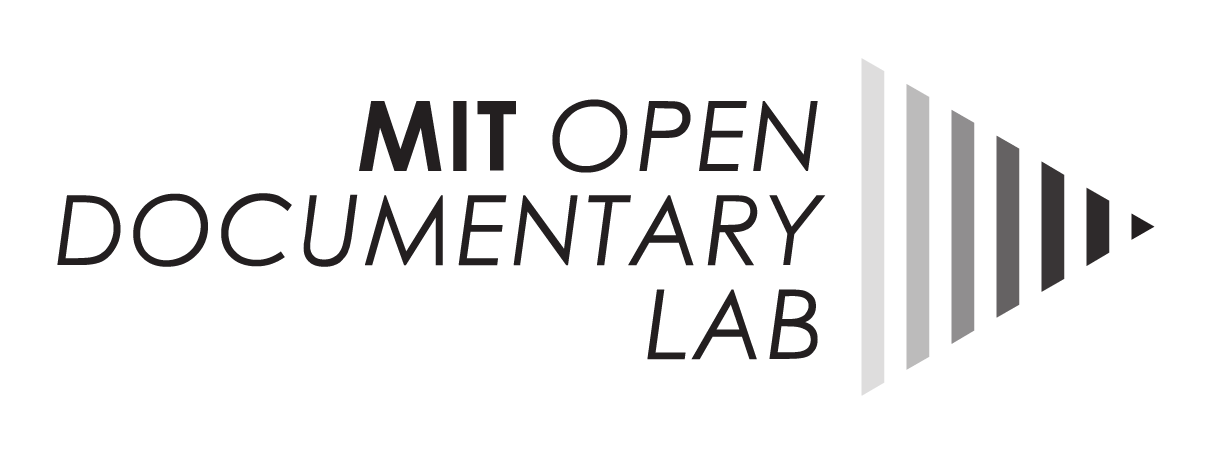
10 Mar COME/IN/DOC | Interactive Documentary Evolution [Part 2]

SEASON 1 – EPISODE 1 – PART 2: ‘INTERACTIVE DOCUMENTARY EVOLUTION’
Here you can access the second part of the first episode:
[vimeo]https://vimeo.com/156773690[/vimeo]
SELECTION OF KEY IDEAS (DIRECTOR’S CONTRIBUTION)
Andre Almeida (Film Director): First we need to consider how much good work has been done in linear documentaries and how much we can learn from the linear form. The next step is to incorporate this knowledge into interactive productions…
Katie Edgerton (MIT Open Documentary Lab Alumni): Linear and interactive narratives are two different experiences: neither is better than the other, but we cannot evaluate the two formats in the same terms.
Mandy Rose (DCRC – Unniversity of the West of England): I see this as a very significant evolution: documentary is about storytelling about our shared world. Traditionally, social documentaries have handled the choreography of multiple voices and perspectives. This evolution, to a certain extent, re-writes documentary. In the past there was the idea of a single author shaping a piece, but today the narrative is more dialogic, collaborative and open.
Katerina Cizek (Highrise): I have always been very interested in documentary as a wonderful tool for social engagement in our contemporary life. And as technology is part of our contemporary life, it has to be part of the evolution of documentary. I don’t know if it’s a new genre or format, but it is the evolving language of documentary.
Richard Lachman (Ryerson University): Interactivity and digital media are affordances for the documentary field. Nonfiction and documentary are different from fiction: in fiction we have to build an audience but in documentary this world already exists, and then we expect a reaction from the audience.
Susanna Lotz (id w): It’s clearly an evolution, thrilling and exciting. Whatever comes out will transform the way we tell stories.
Carlos Scolari (Universitat Pompeu Fabra): On one hand it is true that it is a natural evolution from a technological point of view because a few years ago we gained new momentum in this area. But in terms of narrative, even if we go back centuries we can find a degree of interactivity in works such as French Enciclopedie or books (Cortazar, Borges, etc.).
Adrian Miles (RMIT University): There has been three waves in relation to evolution: the first was the hypertxet in relation to the text; the second wave was what I call the legacy media practices in industries; and the third was the disruptive technologies rolling through documentary. So I see it as an evolution that has occurred thanks to disruptive technologies, digitalisation and the network affecting lots of media practices.
The complete planning of the documentary series is as follows:
SEASON 1: DEFINITION
1.1 – Interactive documentary evolution
1.2 – The explosion of the form
1.3 – Interactive documentary definition
1.4 – Interactive documentary features
1.5 – Related factors
SEASON 2: KEY CONCEPTS
2.1 – Interactivity definition
2.2 – Collaboration definition
2.3 – Gamification
2.4 – Technology
2.5 – Education field
SEASON 3: ISSUES TO SOLVE
3.1 – New Models
3.2 – Author’s role
3.3 – Business model
SEASON 4: PLAYERS AND WORKS
4.1 – Countries
4.2 – Projects
4.3 – Final piece (key interventions)
You can access the questions that originated the four seasons and episodes in this document.
Add your contribution here: http://comeindoc.com/contribute/
Website: http://comeindoc.com

Dr. Arnau Gifreu
COME/IN/DOC Director
Research affiliate
agifreu@mit.edu



